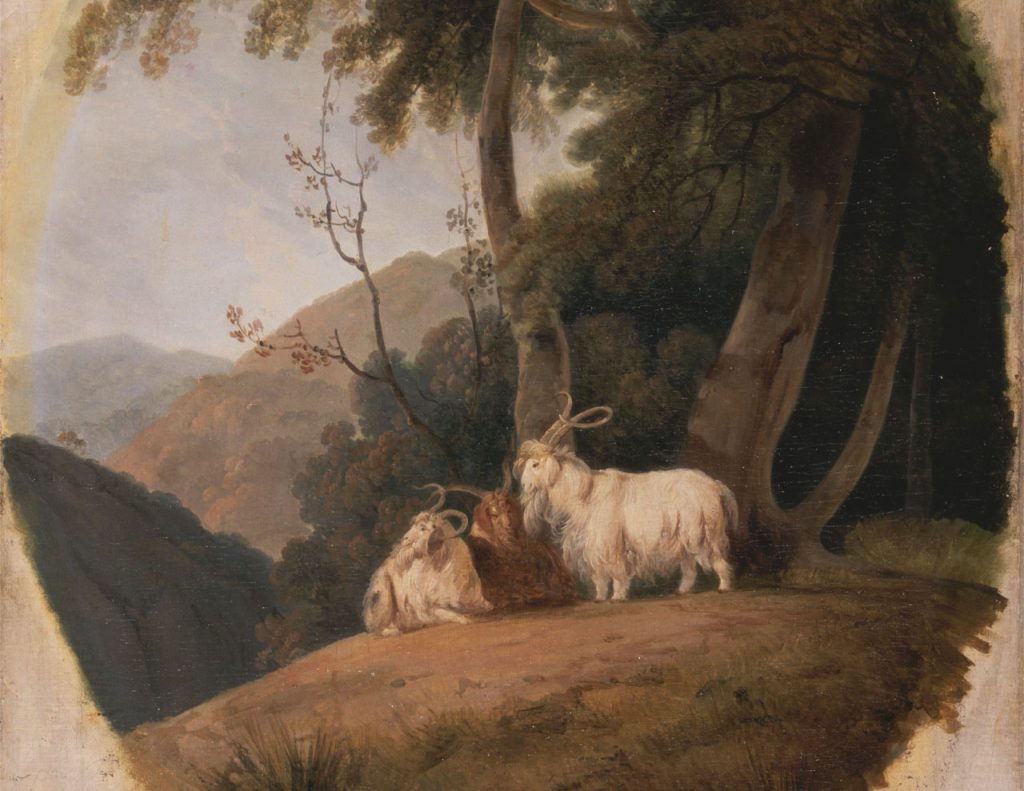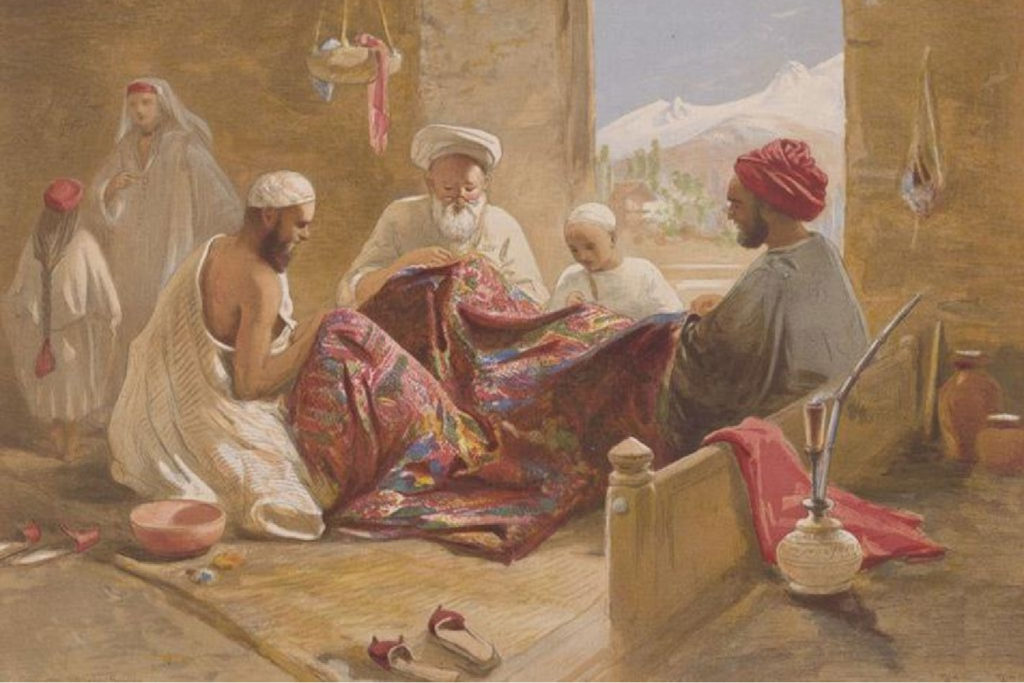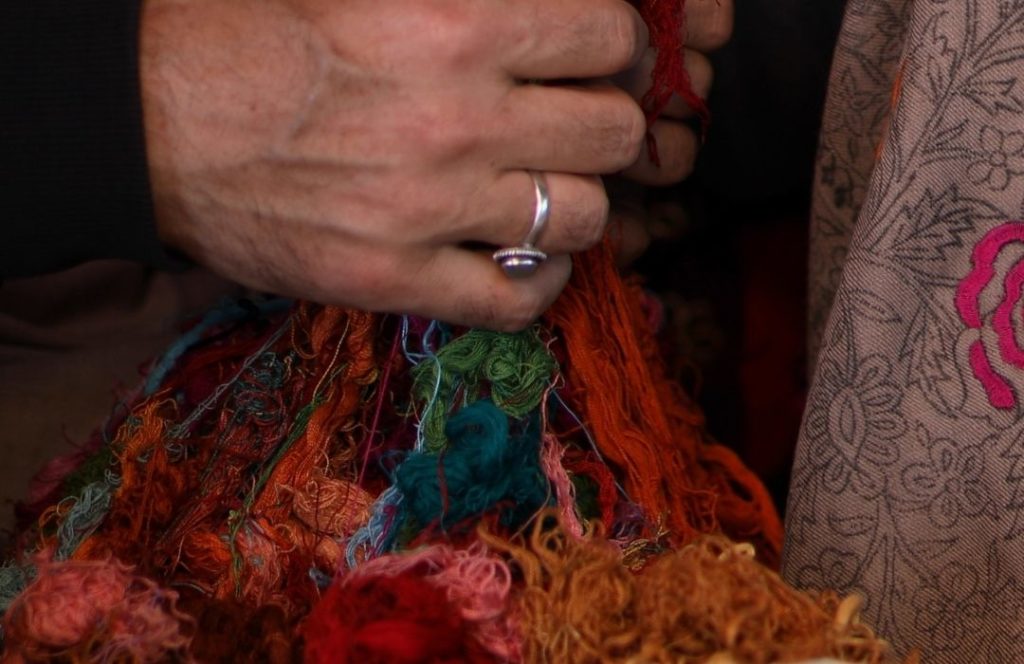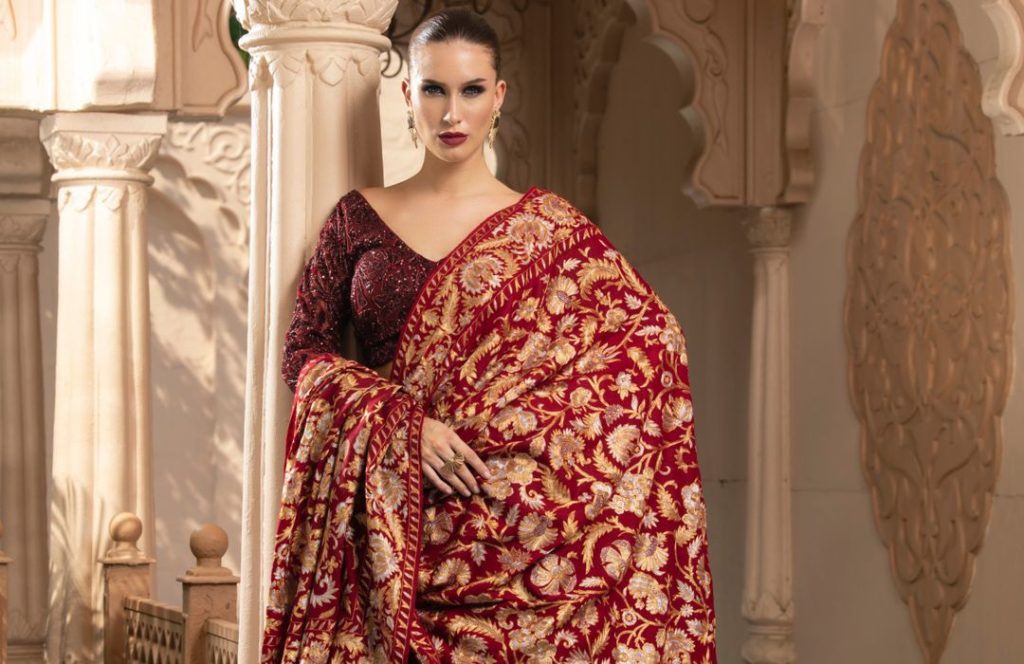The story of Kashmir's exquisite Pashmina weaving goes beyond the story of silky yarns and opulent accessories. A story, woven through the ages, with roots in the rugged Himalayan landscape. The finest Cashmere from Ladakh, crafted into a variety of exquisite masterpieces known as Pashmina. This trip takes us on a historical voyage that reveals the fascinating history of Pashmina. Also, from its modest beginnings in ancient Kashmir to its current position as a universal symbol of dignity and legacy.
The history of Pashmina weaving in Kashmir is a story of stability, flexibility, and classic beauty. From its fantastical beginnings in the foothills of Changthanghi to its current standing as a symbol of luxury. Around the world, Pashmina has seen many changes throughout history, adapting to changing cultural trends while never losing sight of its artisanal roots. A summary of Pashmina's history over time reveals that it is more than just a story of entwined threads. Rather, it is a monument to the perseverance of skill. Also, the ageless charm of a craft that has seen itself woven into Kashmir's rich cultural legacy.
Pashmina Craft: Origin in Kashmir (1400CE)

The history of Pashmina craft revealed as a secret in the Himalayan foothills, is only known to the ancient Kashmiri herders and weavers. Historical narratives from this era mention the production of fine wool, a reference to the early stages of Pashmina weaving. Closely linked to the craft were the Changthangi goats, which roamed freely among the pastoral settlements of the region. Also, supplied the raw material for what would eventually be deemed luxury. The exquisite patterns and sophisticated weaves of Pashmina captivated the wealthy, turning it into a sought-after luxury item. Once a local practice, the craft has now transcended boundaries, paving the way for eventual widespread acceptance.
The history of Cashmere goes back to the time of the 13th century. A saint from the Middle East with his 700 craftsmen visited the valley of Kashmir to propagate the message of Islam. On his visit to Ladakh, he encountered a rare Goat of Changra and combed the wool out of it. Mesmerized by the fine wool, he made socks out of it and gifted them to the ruler of Kashmir Valley. Therefore, suggested making a local industry curate the fine wool and it commenced the Art of Pashmina. The wool is called Cashmere wool by the Europeans due to its resemblance to the word Kashmir. The whole journey defines the role of Men in the creation of Pashmina
Medieval Mastery: Mughal Courts (1500-1800CE)
The history of pashmina reached a zenith during the Mughal era. The textile reached unprecedented levels of luxury and sophistication. The growth of Pashmina weaving in Kashmir was encouraged by Mughal emperors such as Akbar and Shah Jahan. They encouraged weavers to experiment with complex patterns and vivid colors. Luxurious Pashmina shawls, which stand for prestige and luxury, were an essential component of Mughal court clothing. Because of its royal connections, the craft has become synonymous with high fashion. Both on the Indian subcontinent and internationally. Emperor Akbar had such an appreciation for the Pashmina shawl. Therefore, he gave it an admirable nickname, "parm-narm" meaning “supremely soft”.
Pashmina Craft: European Fascination (1800CE)

With the opening of trade routes linking the Indian subcontinent to Europe at the start of the 19th century, Pashmina began a new chapter in its history. The exquisite softness and opulent feel of Pashmina shawls captivated European nobility. began to have a taste for these exotic garments. The European high society's obsession with Pashmina brought Kashmir to the attention of the world. Thus, creating a demand explosion and elevating Pashmina to the status of a symbol of charisma.
Pashmina in the 20th Century (1900 - 2000 CE)
Pashmina faced difficulties during the colonial era as mass production and commercialization forced traditional shawls' authenticity and craftsmanship to be compromised. But in the middle of the 20th century, a revivalist movement began to take shape in spite of these obstacles. Visionary craftspeople and cultural aficionados worked to protect Pashmina's legacy by highlighting handcrafted methods and age-old patterns. During this time, a resurgence of interest in the craft and attempts were made to maintain the authenticity of Pashmina while also making them commercially viable.
Also read: PASHMINA CRAFT - AN EXEMPLAR OF LUXURY
Renaissance: Pashmina in the 21st Century (2000 CE Onward)

With its emergence as a symbol of sustainable luxury and cultural heritage, Pashmina is experiencing a global renaissance in the twenty-first century. Due to the inclusion of Pashmina in collections by well-known designers, the craft has made its way into the world of fashion. In the modern era, fair trade initiatives, sustainability, and ethical production methods have become essential components of the Pashmina story. Pashmina enchants people today, not only as a fashion accessory but also as a living reminder of the long-lasting tradition of craftsmanship.
Also read: THE SCIENCE OF CASHMERE: UNDERSTANDING THE FIBRE AND ITS BENEFITS
Mastery of Pashmina Craft

The Pashmina craft is a testament to the exquisite craftsmanship. It also enhances the timeless elegance that has defined this ancient tradition for centuries. Deeply rooted in the cultural tapestry of Kashmir is Pashmina. The delicate underbelly wool of the Changthangi goat, which is native to the Himalayan region, is the essence of pashmina. This wool is carefully harvested during the molting season. Further, it is hand-spun and hand-woven on antique wooden looms, often by talented craftspeople who have passed down their craft through the generations. Transformed into opulent shawls recognized for their unmatched softness, warmth, and elaborate designs. Beyond just a craft, pashmina signifies a living link to Kashmir's history, with each of the eras.
Apart from its cultural significance, the Pashmina craft has withstood the test of time. Also, has become a representation of sustainable luxury in today's world. The pashmina industry has adapted to the demands of the 21st century while maintaining the authenticity of its craftsmanship. It has developed a renewed focus on fair trade and ethical production methods. In order to ensure that Pashmina continues to enthrall audiences worldwide and grace international runways, artisans now combine traditional techniques with cutting-edge innovations. Because of this, Pashmina not only remains a revered craft but also serves as a symbol of adaptability. Also, defined tenacity, and the perfect fusion of tradition and modernity in the constantly changing world of fashion.
Also read: THE RISE OF ARTISANAL CASHMERE: HANDCRAFTED PIECES AND SLOW FASHION